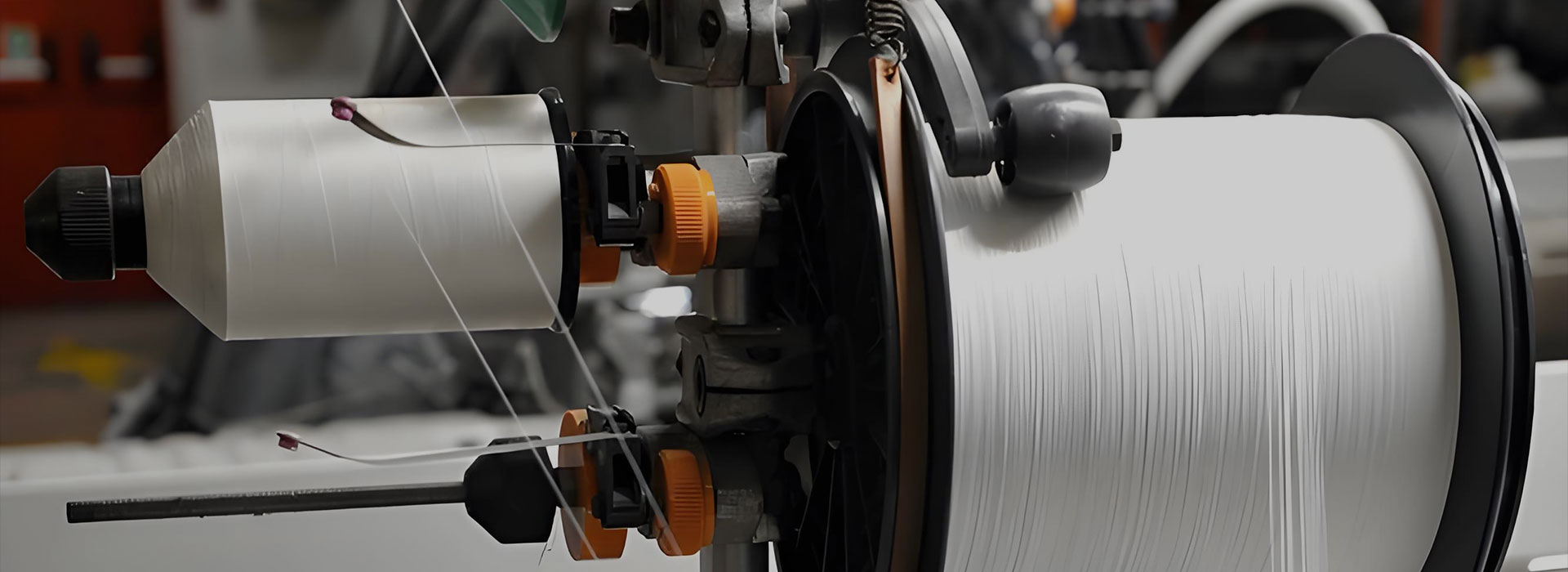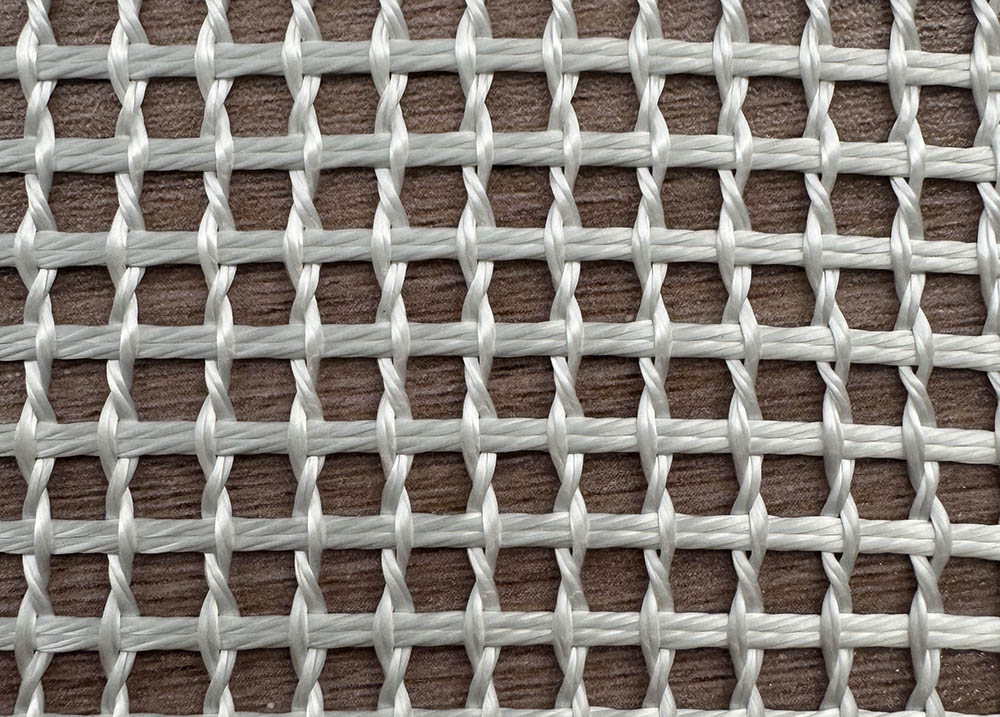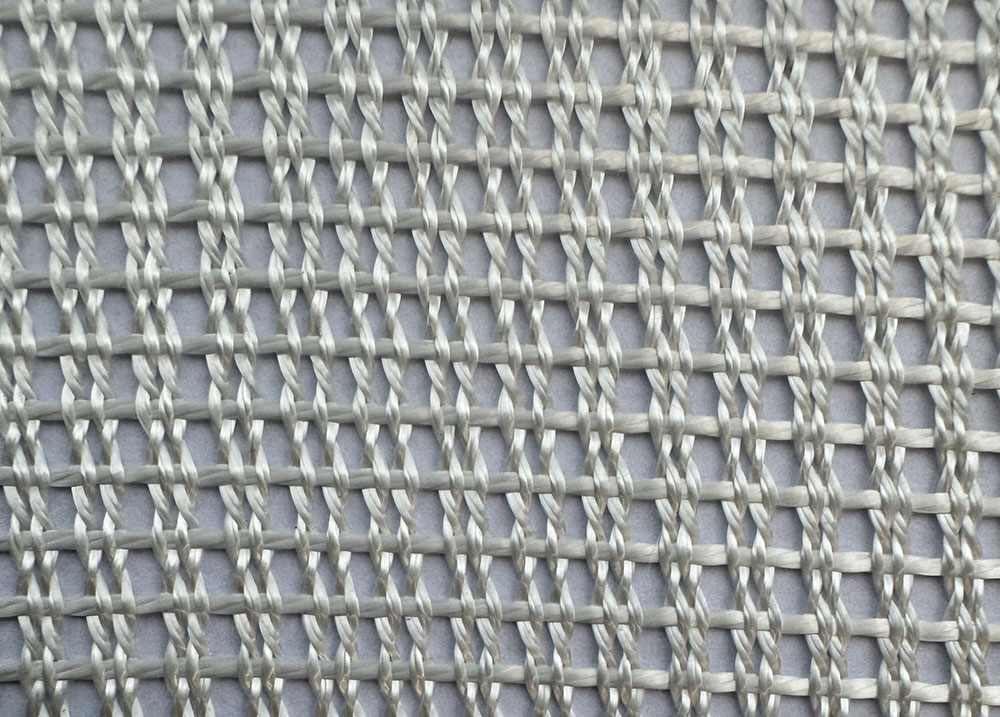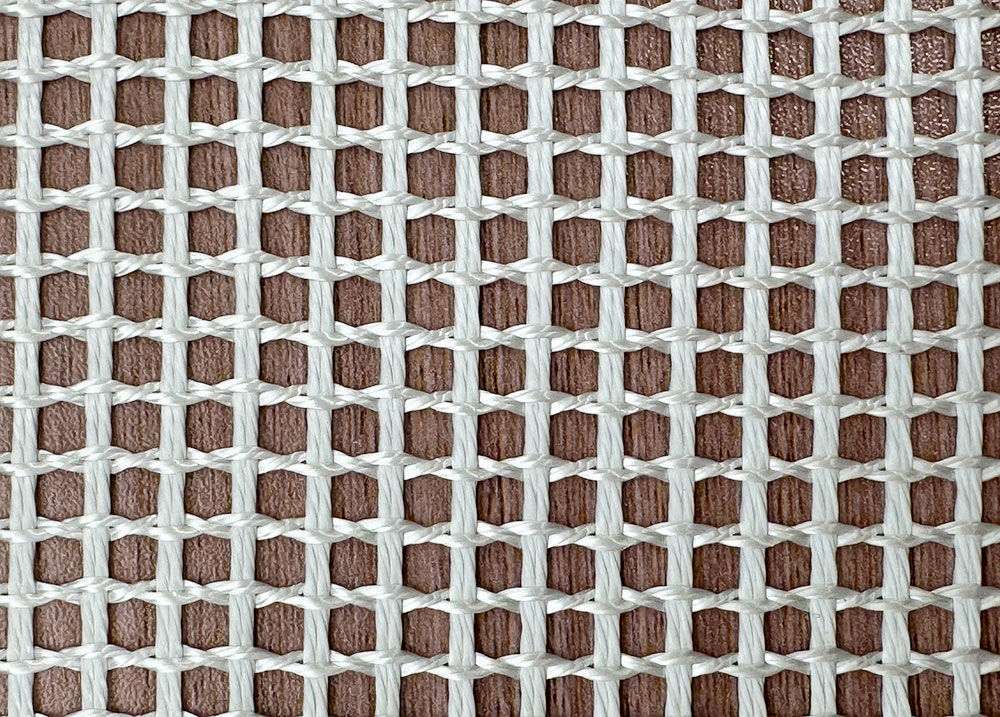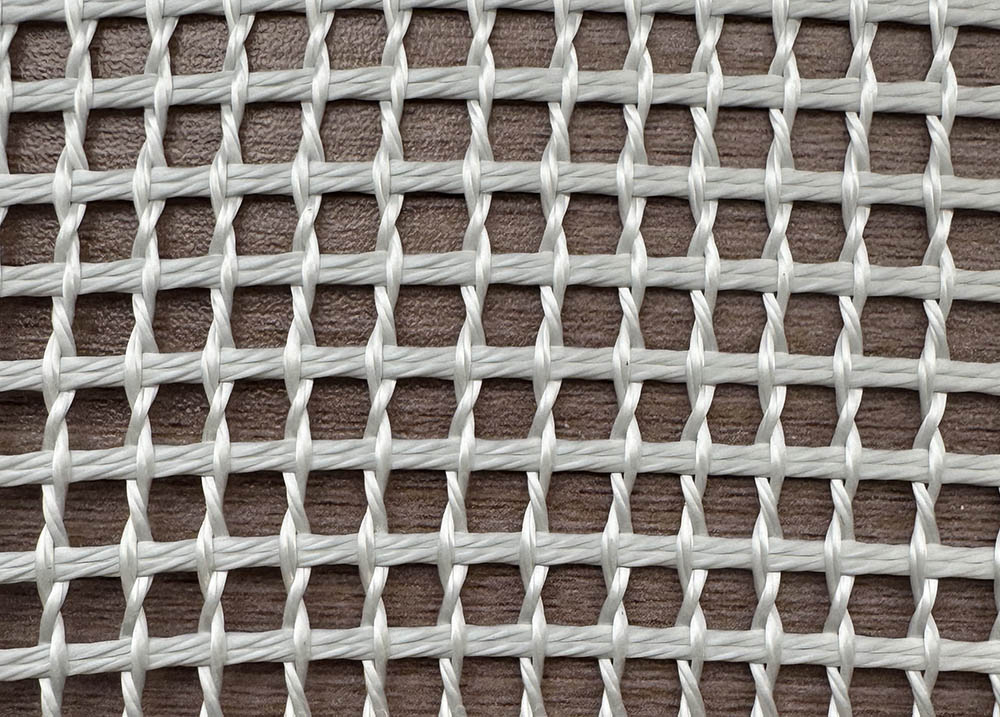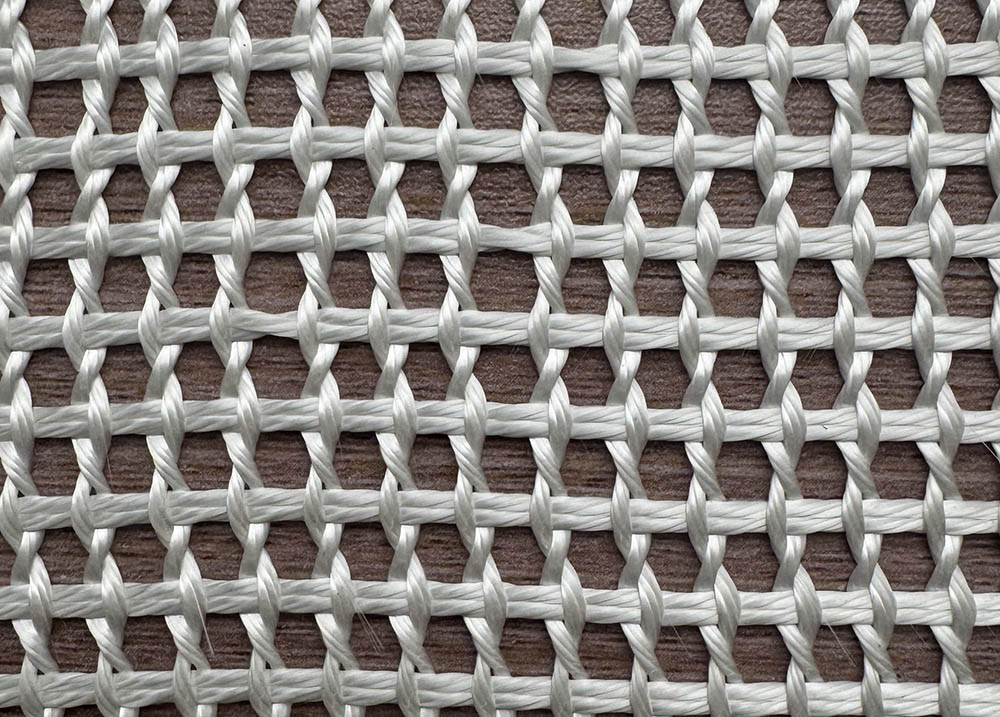Fiberglass Mesh Concrete Reinforcement
Key Features
· Reinforces concrete, plaster, and render in interior/exterior applications
· Superior to steel mesh in strength, alkali resistance, and ease of use
· Lightweight and easy to install, reducing labor time and costs
· Durable latex finish enhances longevity and environmental resistance
· Flexible sizing options for different project needs
Applications
· Concrete Wall Reinforcement: Structural support for exterior and interior surfaces
· Plaster and Render Systems: Prevents cracking and increases bonding strength
· Construction & Repair Projects: Ideal for masonry, insulation systems, and renovation work
How Fiberglass Mesh Reinforcement Reduces Concrete Cracks
Fiberglass mesh reinforcement is widely used in concrete and mortar to prevent cracks and control shrinkage. Its effectiveness comes from several key mechanisms:
1. Stress Distribution
Concrete generates internal stress during curing and drying, which can lead to cracks. Fiberglass mesh distributes these stresses evenly throughout the structure, preventing stress concentration and crack formation.
2. Increased Tensile Strength
Fiberglass fibers have high tensile strength and flexibility. When micro-cracks appear, the fibers bear part of the load, slowing crack propagation and preventing cracks from widening.
3. Strong Composite Bonding
The mesh forms a good bond with concrete or mortar, acting as an internal support layer that enhances overall toughness and crack resistance.
4. Shrinkage Crack Control
During drying or temperature changes, the mesh restrains volume changes of the concrete. This helps control both the width and number of shrinkage cracks, maintaining a smooth, durable surface.
5. Layered Reinforcement
Fiberglass mesh is often placed in the middle or surface layer of concrete or mortar. This layered reinforcement stops cracks from reaching the surface, ensuring long-term durability.
Fiberglass mesh acts as an internal “tensile bridge,” distributing stress and reinforcing the concrete. It effectively prevents cracks, controls shrinkage, and improves the longevity and structural integrity of concrete constructions.


